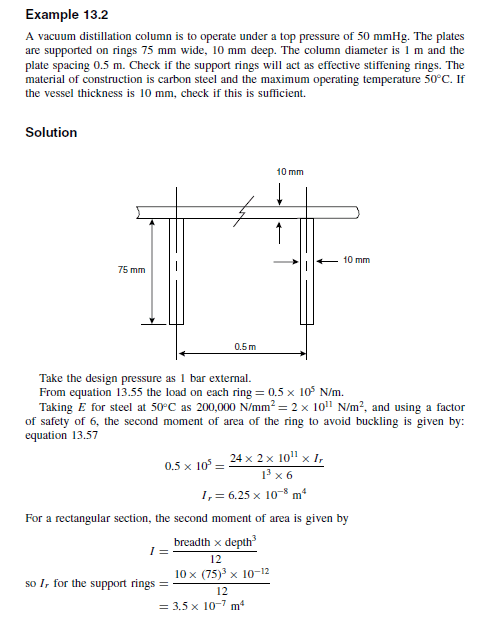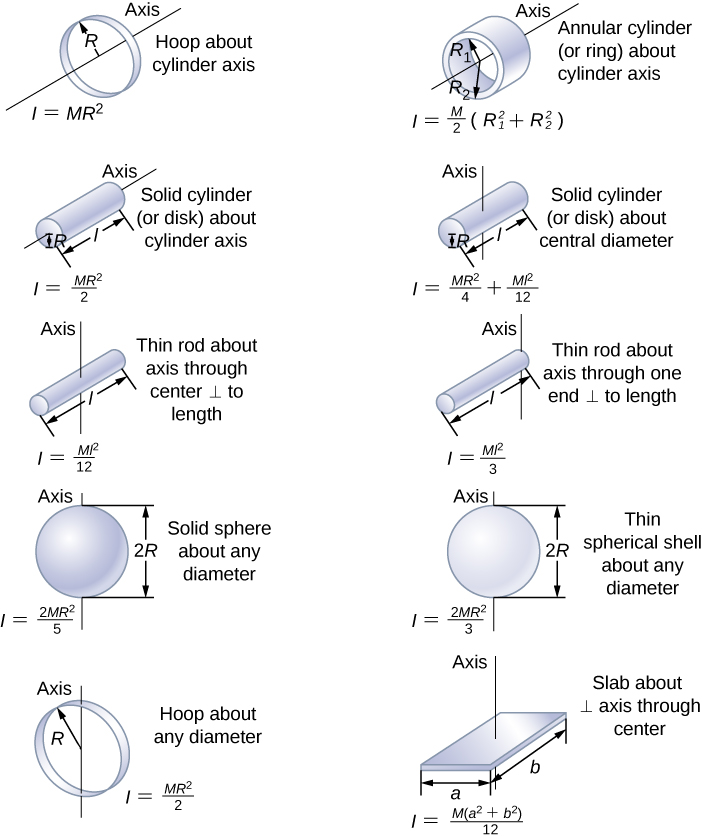

If you want the POLAR moment, remember that the polar in Z is equal to the second moment in X plus the second moment in Y (if I remember correctly). Use Autocad MASSPROP function as any sane civil engineer does since his infancy (the icon in the Properties toolbar that displays a solid and a little rule under it).ĭraw the car in Autocad and calculate MASSPROP for the XY plane. So, is the moment of Inertia what you’re asking for, or the polar one?Īnyway, my friend, I believe in the units:įor kg*m2, forget about the worksheets by young engineers or the formulas of the old ones (I share Scotracer fear of the huge formula, the integrals and the such that you'd had to find for a race car, including the density, for the love of Pete!). If you weren’t able to distinguish them, my old teacher, Otoniel, would have given you an F in Structures. The larger the moment of inertia, the harder is to turn the car around. It’s analog to inertial mass, but for rotation instead of linear displacements.įor the last time, in english: picture yourself grabbing the car by the front bumper, like Superman, and trying to turn the car in the air around your head. The simple moment of inertia is used to estimate resistance to rotation, like in an axle you want to know how fast rotates, given an energy. The larger the second moment of inertia, the harder is to break the car. In english: picture yourself (and your friends) bumping up and down on the roof of the car. It’s a measure of the resistance of a section of a solid to perpendicular loads. The area moment of inertia or second moment of inertia, is used to estimate resistance to bending, like in a beam when you want to know how much will it sag under load. The larger the polar moment, the harder the task of your friends. In english: picture yourself grabbing the car (real hard!) by the front bumper and your friends trying to break the car by pushing the rear bumper up. It’s a measure of how much resistance to twisting around an axis has a section.

The polar moment of inertia is a quantity you use to estimate resistance to angular torsion, like in an fixed hinge, when you want to know when will it break by torsion. This confirms my very objective opinion about why civil engineer rules: when you study civil engineering, you have to read through so many subjects that in the end you need to understand, instead of memorizing. Then, you get several responses from a bunch of guys I know well and who are rarely mistaken. You ask for polar moment of inertia and then you say its units are kg*m2. You managed to deliver one of the worst best questions (or one of the best worst questions) in the history of this forum.

In first place, I would like to say thanks, Alfoncito.


 0 kommentar(er)
0 kommentar(er)
